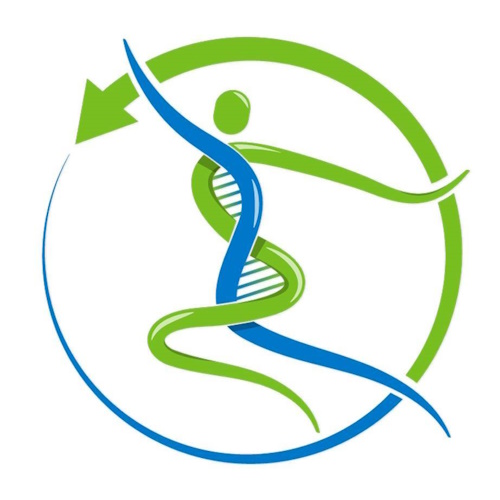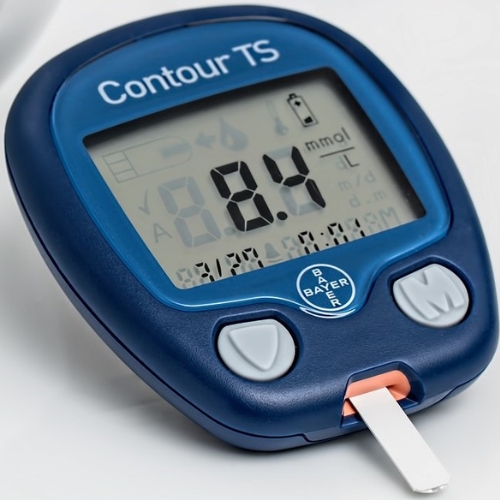Key points from article :
Fibroblasts collected from type 1 diabetics experimented on.
Reverted the cells back to an even more primitive and flexible state.
These new cells closely resemble embryonic cells at around six days.
In this phase, cells are most flexible, enough to become any other cell type.
To create these, team used a cocktail of drugs they named 3i.
3i appeared to reprogram the cells with no harmful alterations to DNA.
Mice injected with vascular progenitors(VP), created based on 3i naive stem cells.
Subjects suffer from diabetic retinopathy (eye blood vessels damaged).
They discovered that VP cells moved into deeper tissue layer of the retina.
And it is with greater efficiency than same cells created using iPSC approach.
Cells were returned to a healthy, non-diabetic, functional state.
Research by Johns Hopkins Medicine, published in Nature Communications.







